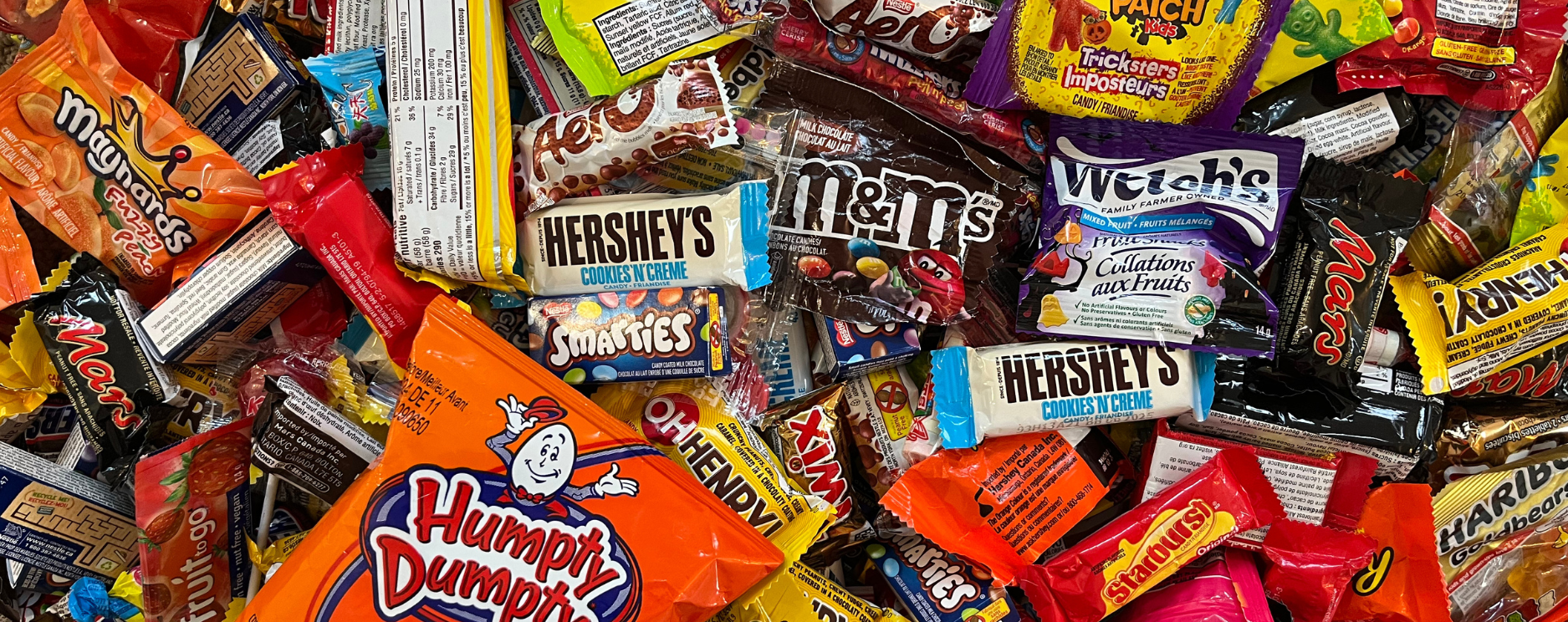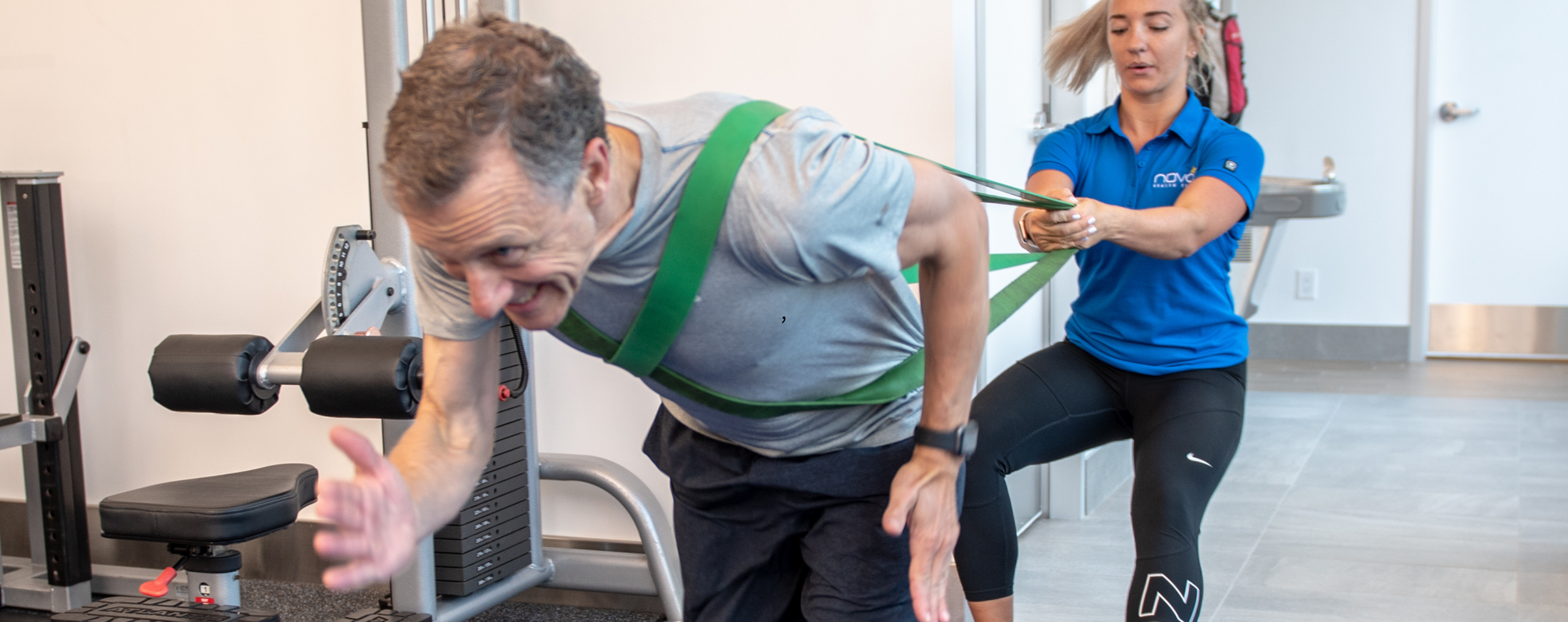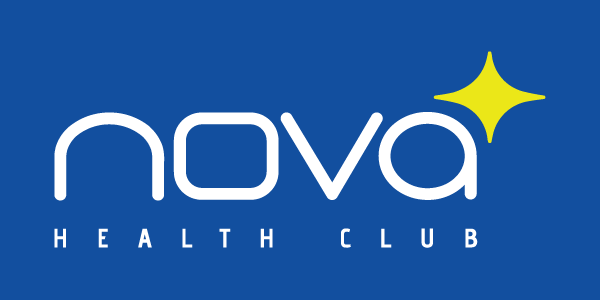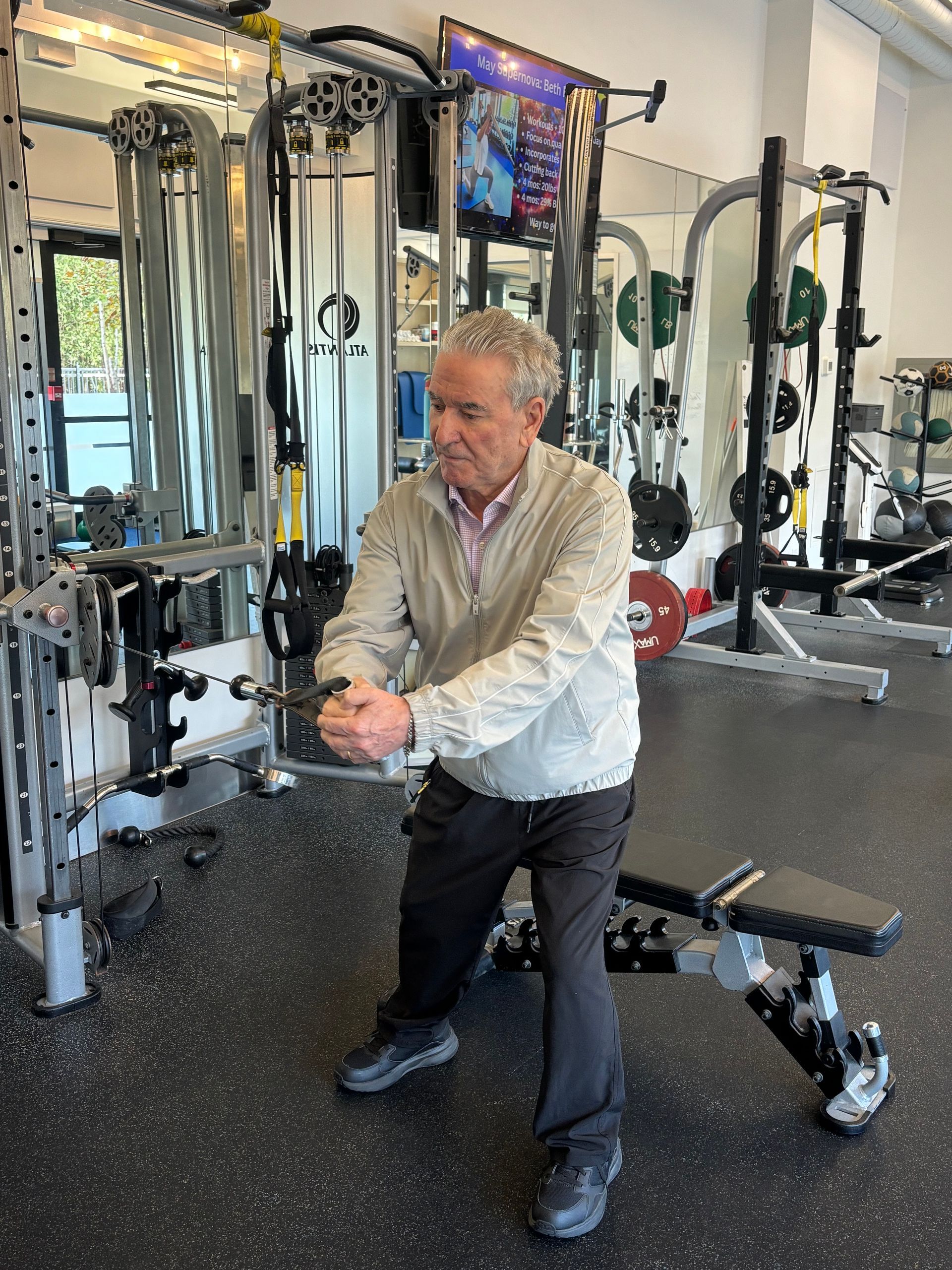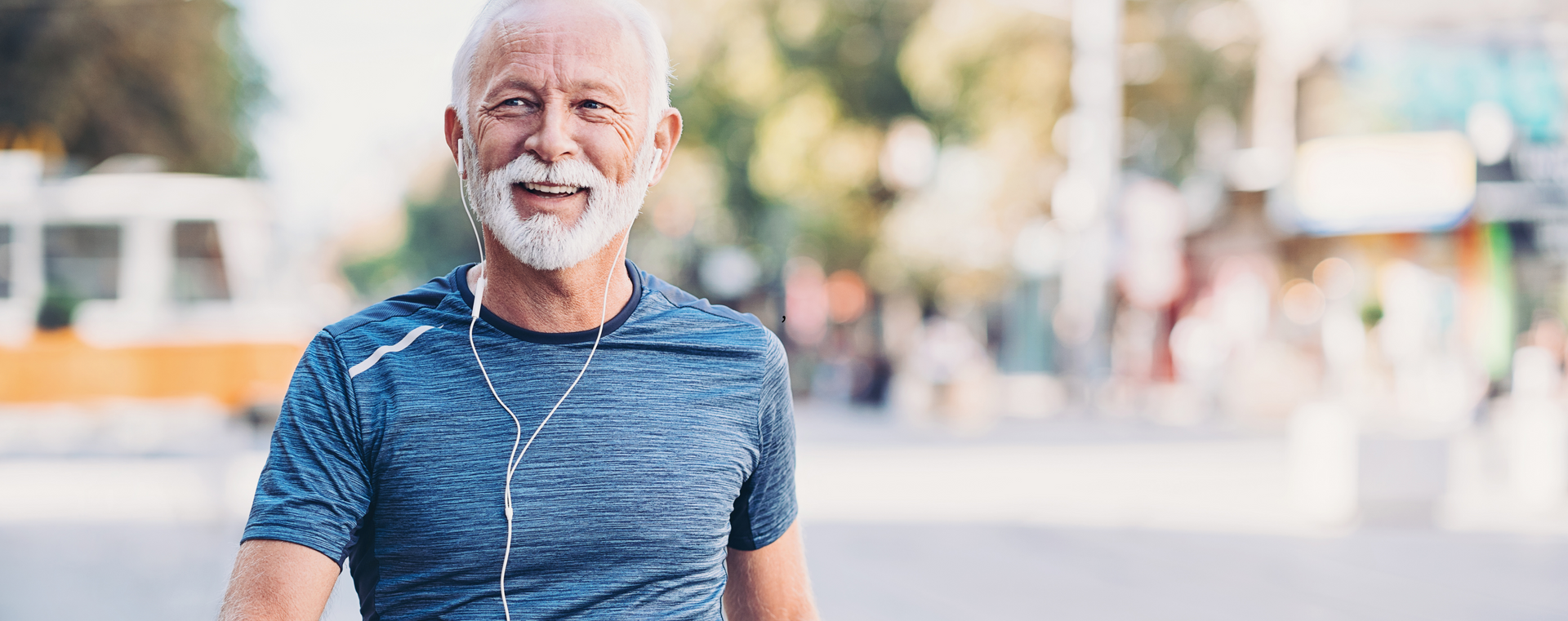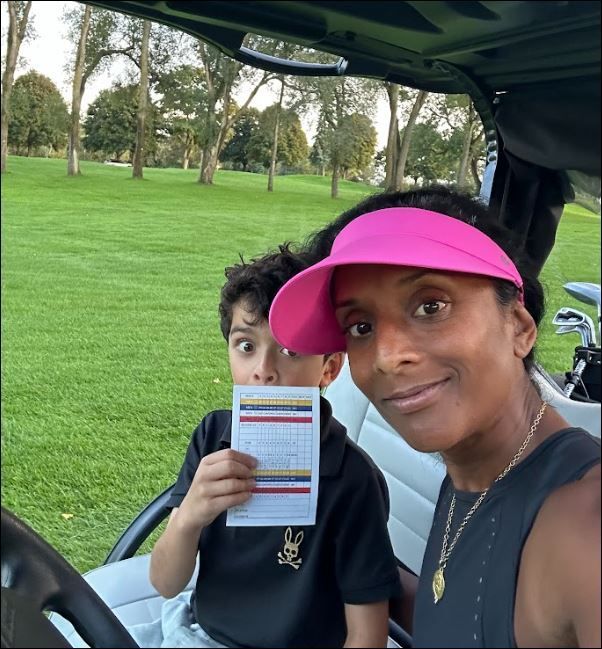Carbohydrate Cycling - A Sustainable Meal Plan Type For Fat Loss & Energy
There are countless meal plan types and fads, all of which make you wonder if you are doing the right thing. But there is one that stands out as being the most sustainable long-term approach for energy, fat loss, and healthy living. If you know how the human body works, you will agree that this meal plan is the best way to eat for our species type.
Introducing Carb Cycling
(Before reading this article, you must have a basic understanding of macronutrients - the nutrients our body requires for energy and to maintain structure and function. Check out this article first for a quick read on macronutrients).
Carbohydrates are the primary fuel source for our body and essential for energy and overall health. Unfortunately, carbohydrates have earned a bad reputation for making us fat. Yes, carbohydrates can make you gain unwanted weight, but so can excessive protein and fat. The only way carbs become bad is when we eat too much of them, the wrong kinds, or at the wrong time (which many of us do on a daily basis).
Now that we know carbohydrates are important, let’s take advantage of them by carb cycling - a meal plan method that considers the quantity and timing of carbs.
Carb cycling is all about changing or ‘cycling’ the QUANTITY of carbs throughout the week based on your activity level. Simply put, eat more carbohydrates on days that you are more active, and on days that you are less active, eat less carbohydrates.
Physique competitors and athletes naturally practice this method because they know that carbohydrates provide fuel for performance. The carbs they eat match their activity level, and they eat more carbs on or near training days to provide them with the needed fuel. Compare that to the average person who sits most of the day with little activity and eats a high amount of carbohydrates. This person, due to the lack of activity, does not require that amount of fuel. As a result, they eat unnecessary calories that end up being stored as fat.
When you think of the purpose of carbohydrates as being fuel, you will have a greater appreciation of how to eat carbs in a way that is both sustainable and beneficial to your energy requirements.
How to Implement Carb Cycling
The simplest way to carb cycle is to add more carbs on resistance-training (or high activity/intensity) days and fewer carbs on rest (or low activity/intensity) days. Let’s consider the below trainee’s lifestyle and activity levels as examples to see what a carb cycling plan would look like for them:
Trainee #1 - Low Activity Levels
- Drives to and from work and sits at a desk 5 days a week.
- Works out with a trainer (hard weights and intervals) 3 x/wk.
- Weekends are spent doing errands, housework, and a Sunday hike.
| MON | TUE | WED | THU | FRI | SAT | SUN | |
|---|---|---|---|---|---|---|---|
| Activity | Workout | - | Workout | - | Workout | - | Hike 2hrs |
| Carbs | High | Low | High | Low | High | Low | High |
The above trainee does not require a high carb diet except around his/her workouts and hike. Because this person is inactive 3 days a week, they require less carbohydrates for energy on those days.
Trainee #2 - High Activity Levels
- Works as a gardener 4 days a week from 9-3pm.
- Trains for triathlons 4 days a week and does 2 days of strength training.
| MON | TUE | WED | THU | FRI | SAT | SUN | |
|---|---|---|---|---|---|---|---|
| Activity | -Garden, swim, run | -Garden, weights | Garden, bike, run | Garden, weights | Rest | -Swim | -3hr Bike |
| Carbs | Very High | Very High | Very High | Very High | Low | High | Very High |
Because of how active Trainee #2 is, they require many more carbohydrates than Trainee #1. Trainee #2 would not be able to perform well at work or in sports if they did not eat a high-carbohydrate diet. Furthermore, and interesting to note, Trainee #2’s demand for carbohydrates on their low day (rest day) is likely going to be higher than the low days for Trainee #1.
It's All About How Active You Are
For carbohydrate cycling to be effective in providing the right amount of energy and/or maintaining a lean body, the higher carbohydrate days should be on activity days that are intense. In other words - days that challenge the muscles to perform! Working out with weights, interval training, or long endurance training sessions will require more carbs and thus should be fueled with higher amounts of carbs.
Being moderately active by maintaining 10,000 steps a day generally does not warrant an increase in carbohydrates to fuel the activity (especially if you are carrying extra body fat). Walking at a leisurely pace or being on your feet doing errands as your daily activity does not have the same intensity as strength training or hard running. Therefore, with low-intensity activity, the muscles do not demand a high carbohydrate diet for energy.
If you were to eat a high-carb diet on a non or low-activity day, the carbs would probably not be utilized as energy the way they were designed to and will likely be stored as fat. This is where the problem of continuous fat storage occurs for the average person - due to low activity with little to no physical exertion at the same time-consuming high carbs (often processed and low quality) is a major cause of fat gain.
Carb cycling, therefore, is about earning your carbs. If you want to eat more carbs, well, you better lace up those sneakers and exercise more.
Considerations and Final Thoughts
The carb cycling method is a sustainable meal plan type because it provides the required energy to match our activity level and fuel muscular contraction vs store excess amounts as fat. It is also an easy plan to follow as long as you are conscious of your activity and what you eat.
While there are cases where someone with specific goals or lifestyle scenarios may not benefit from a carb cycling meal plan, it is generally one of the best meal plan types for most people. It is an easy method to follow to help manage caloric intake, provide the right amount of fuel and to maintain a lean body.
Is a carb cycling meal plan right for you? If you are curious about a meal plan that fits your energy demands and goals,
email us about our customized meal plans and nutrition coaching.

